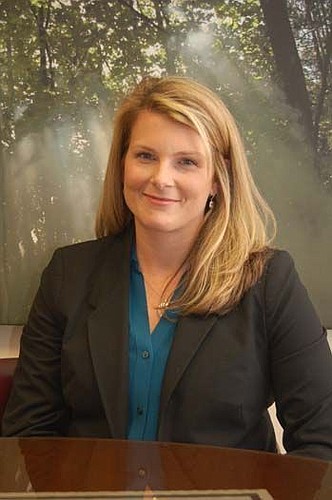
Kicking off a new rate and fee structure, the continued decline in usage of electricity and preparing for hurricane season were the topics of discussion Tuesday for JEA’s board of directors.
The board approved beginning in April the first phase of the JEA SmartSavings demand rate billing structure.
Under the plan, residential customers would pay a higher rate per kilowatt for electricity they use when demand for electricity is at its greatest and less for electricity during periods when demand on the system is lower.
A similar rate structure is used for most commercial accounts.
“Customers will have greater control over their bills,” said JEA Chief Financial Officer Melissa Dykes.
They can do that, she said, by not using high-wattage appliances, such as clothes dryers and water heaters, when demand is highest.
Peak period in April-October is noon-7 p.m., in November-March, it’s 6-9 a.m., Dykes said.
The first phase of the pilot program will involve 150 customers — split evenly by customers who are JEA employees and non-utility workers.
Dykes said more than 200 customers applied for the 75 non-employee spots in the pilot program.
“At this point, we have a waiting list,” she said.
The second phase of the pilot program is scheduled to begin in 2018 with as many as 2,000 customers participating.
No matter how customers are billed or when they use electricity, they are using less of it and that’s creating a “significant sales challenge,” Dykes said.
She reported electric sales since Oct. 1 are 25 percent below the same period a year ago and at the lowest level in nearly 17 years.
That’s partly due to customers conserving energy but more due to the warm winter in North Florida.
This month may be recorded as the warmest February in history, leading to less energy consumption, even though most customers rely on electricity for heating, said Dykes.
The warm winter has meant more irrigation, however.
Dykes said water consumption is up since Oct. 1 nearly 8 percent compared to last year.
Increases in charges for fraud and other services also were approved.
The charge for tampering with a meter or service connection increased from $100 to $200.
The customer’s charge for a damaged or missing meter increased from a flat $65 to the actual cost of replacing the meter.
If a JEA representative has to make a court appearance related to a dispute with a customer, the charge increased from a flat $25 to no less than $40 and no more than $400.
Paul McElroy, JEA CEO, said the service charges haven’t increased in more than 10 years and the revised fees more closely reflect the cost of providing the services.
The final expense for repairs to the electric and water systems caused by damage from Hurricane Matthew in October is expected to cap at about $20 million, Dykes said.
Also, in the three days after the hurricane, sewage overflows occurred at more than half of JEA’s 1,375 sewer pump stations due to power outages and the inability of service personnel to travel to pump station sites during the peak of the storm.
Brian Roche, JEA vice president of water and wastewater systems, said the utility is implementing a resiliency program in preparation for this year’s hurricane season that begins June 1.
More wastewater pumping stations have been equipped with backup generators, increasing the number of pump stations with generators from 88 before the storm to about 300 by July 1 at a cost of $7.5 million, Roche said.
The board approved a new slate of officers for 2017-18 to be presented for ratification in March: Ed Burr, chair; Alan Howard, vice chair; and Delores Kesler, secretary.
(904) 356-2466